Generation and evaluation of entanglement between two multi-photon systems using single photon sources and linear optics
Single photon sources can be used to generate and control highly non-classical states of light. Here, we consider the possibility of generating bi-partite entanglement between two separate multi-photon states by splitting the input modes of the single photon sources into a mode distributed to $A$ and a mode distributed to $B$. If multiple photons are combined at $A$ and at $B$, the large variety of photon patterns observed after linear optics transformations of the local multi-mode systems can be used to characterize the non-classical correlation of this entangled state. However, the transformation between different photon number states in linear optics is a complicated problem, and further analysis is needed to understand the possible applications of this scalable quantum system. To obtain maximal complementarity between two measurements, we consider the unbiased interference of all input modes represented by a discrete Fourier transform of the multi-mode field. We identify characteristic patterns that can be used to identify non-classical correlations between the two multi-photon systems at $A$ and $B$ and derive a quantitative criterion for entanglement verification. Our results indicate that the large scale quantum operations can be achieved by a comparatively simple quantum network interfering the outputs of multiple single photons, where the size of the system mainly depends on the number of available single photon sources.


